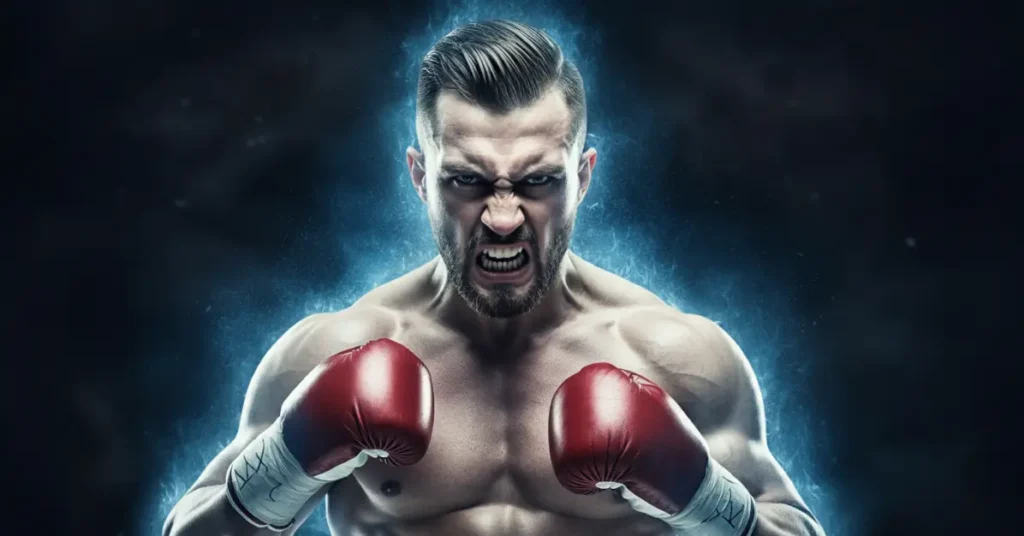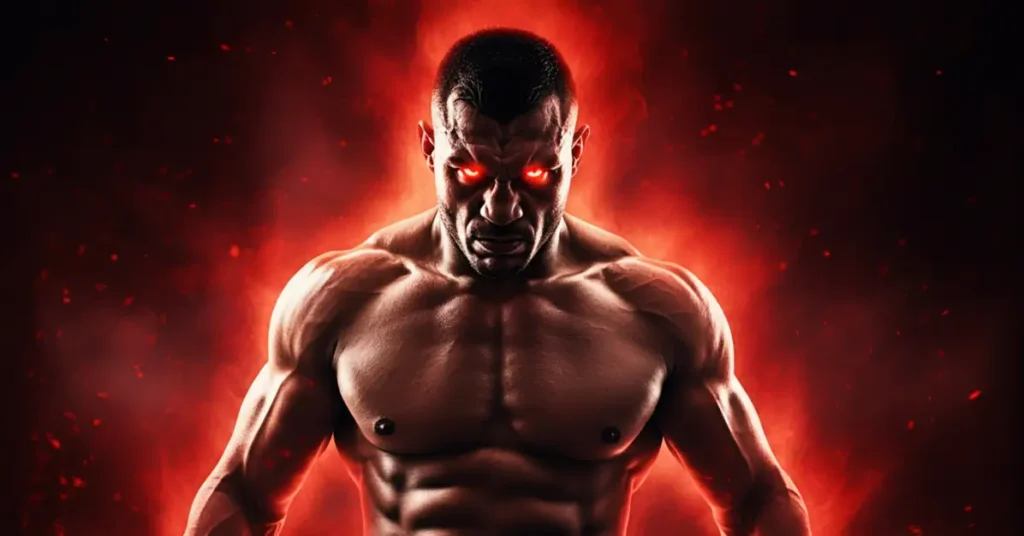Mike Tyson’s metamorphosis from “Kid Dynamite” to “Iron Mike” exemplifies how a boxer’s persona shapes their drive. Inside dimly lit training spaces, fighters forge distinct identities through countless rounds on heavy bags and endless footwork drills. Some flourish as shrewd counterpunchers, dissecting opponents with surgical precision. Others, like Roberto Durán, embody raw aggression, their relentless pressure breaking opponents’ will. This self-discovery process ignites an intrinsic fire that mere tactical training can’t match.
Table of Contents
Training Sanctuary Dynamics
The atmosphere surrounding a boxer shapes their psychological edge. Some champions find their rhythm at dawn, when only their shadow and the speed bag keep them company. Others surge at midnight, their focus sharpened by solitude. The contrast runs deep – certain fighters thrive in intense, communal energy, while others demand private, controlled environments. Temperature, lighting, background noise, and training partner chemistry create unique formulas for peak performance.
| Environmental Element | Optimal Conditions for Fighters | Example Impact |
|---|---|---|
| Lighting | Dim for introspection; Bright for alertness | Increased focus or mental calm |
| Temperature | Cool for endurance; Warm for flexibility | Enhanced stamina or improved muscle pliability |
| Background Noise | Music, silence, or ambient gym noise | Influences rhythm and concentration |
| Training Partner Chemistry | Synchronized or solo training preferences | Builds camaraderie or individual focus |
Recovery Rhythms
Bernard Hopkins preached monastic discipline in recovery, extending his prime into his fifties. Beyond physical rest, psychological recharge takes unique forms. Some fighters meditate in mountain isolation, while others need family chaos to reset. Recovery preferences extend to nutrition – strict meal timing versus intuitive eating, supplement protocols versus whole food approaches. Sleep patterns vary dramatically, from rigid eight-hour blocks to strategic power naps. These individual rhythms determine training schedule design and camp intensity management.
Diverse recovery approaches include:
- Sleep Patterns: From eight-hour sleep schedules to split sessions of naps.
- Nutritional Timing: Strict meal timing versus flexible eating habits.
- Mental Unwinding: Meditation, video games, or spending time with loved ones.
Championship Calibration
The path to boxing greatness varies widely among athletes. Floyd Mayweather Jr.’s defensive mastery allowed him to remain undefeated, while Sugar Ray Leonard’s willingness to challenge the best cemented his legacy. The competitive “thermostat” that each fighter sets depends on several factors, dictating how they pace their careers and what drives them forward.
| Factor | Strategy Type | Example Boxer |
|---|---|---|
| Weight Class | Dominance in single division | Gennady Golovkin |
| Fight Frequency | High activity | Julio César Chávez Sr. |
| Career Longevity | Long, steady career | Bernard Hopkins |
Combat Knowledge Absorption

Not every boxer learns the same way. Some internalize fighting techniques through constant repetition, while others rely on detailed study. Modern training facilities now cater to different learning styles with visual aids, dedicated sparring sessions, and slow-motion video breakdowns.
Example learning styles in boxing:
- Analytical Thinkers: Prefer tactical study and theoretical understanding.
- Visual Learners: Use video analysis and demonstrations.
- Kinesthetic Learners: Benefit from shadowboxing and physical repetition.
Victory’s Echo Chamber
Each fighter metabolizes victory and defeat uniquely. Some feed off dominance, requiring frequent wins to maintain confidence. Others find deeper motivation in setbacks, using losses as transformative fuel. Post-fight emotions forge future motivation – immediate gym return or reflective reset, technical overhaul or mental recalibration. This psychological resilience determines career longevity and championship potential.
Digital Ring Presence
Modern fighters navigate a complex relationship with social media exposure. Some prospects feed off viral knockouts and online engagement, their motivation multiplying with each share and comment. Veterans often maintain razor focus by shunning digital distractions. Mental preparation now includes managing online feuds, fan interactions, and constant content demands. The psychological impact varies drastically – some find fuel in digital spotlight, others in digital detox.
Custom Training Gear
The evolution of training gear plays a crucial role in how fighters prepare and stay motivated. Custom equipment reflects a boxer’s personality and enhances their performance. Aesthetically unique gloves, tailored robes, and bespoke mouthguards contribute to the fighter’s identity and psychological edge.
Boxing gear customization ideas:
- Boxing Gloves: Fighters often choose gloves with specific padding for tailored protection and impact as well as design their own boxing gloves.
- Headgear: Customized for comfort and safety during sparring.
- Footwear: Light, flexible shoes designed for swift footwork and ankle support.
- Robes and Attire: Personalized outfits worn during ring walks to convey confidence and establish presence.
The Unseen Forces Behind the Punch

Boxers are far more than the sum of their physical skills; they are shaped by a myriad of unique factors that influence their motivation and performance. From the atmosphere of their training environments to their individual recovery methods, each aspect plays a role in crafting a champion. A fighter’s preferred training sanctuary – whether a bustling gym or a solitary space – can make the difference between honing razor-sharp focus and mental clarity. The rhythms of recovery, too, are deeply personal, as each boxer finds their balance between structured rest and spontaneous rejuvenation.
The paths they tread, from rapid ascents through weight classes to slow and steady career progression, are defined by their competitive thermostat, with some fighters thriving on frequent challenges and others on meticulously chosen bouts. Their learning styles – whether visual, kinesthetic, or analytical – dictate how they absorb combat knowledge, while each victory and defeat imprints uniquely on their psyche, shaping future motivations.
Modern-day pressures like social media bring additional layers of complexity, with the digital spotlight either fueling or distracting fighters. Moreover, the rise of custom training gear adds another dimension, offering personalized advantages that impact both performance and identity.
In the end, a boxer’s journey is deeply individual. The factors driving each punch, dodge, and combination extend far beyond physical prowess, delving into the psychological, emotional, and even technological realms that define who they are as fighters.




